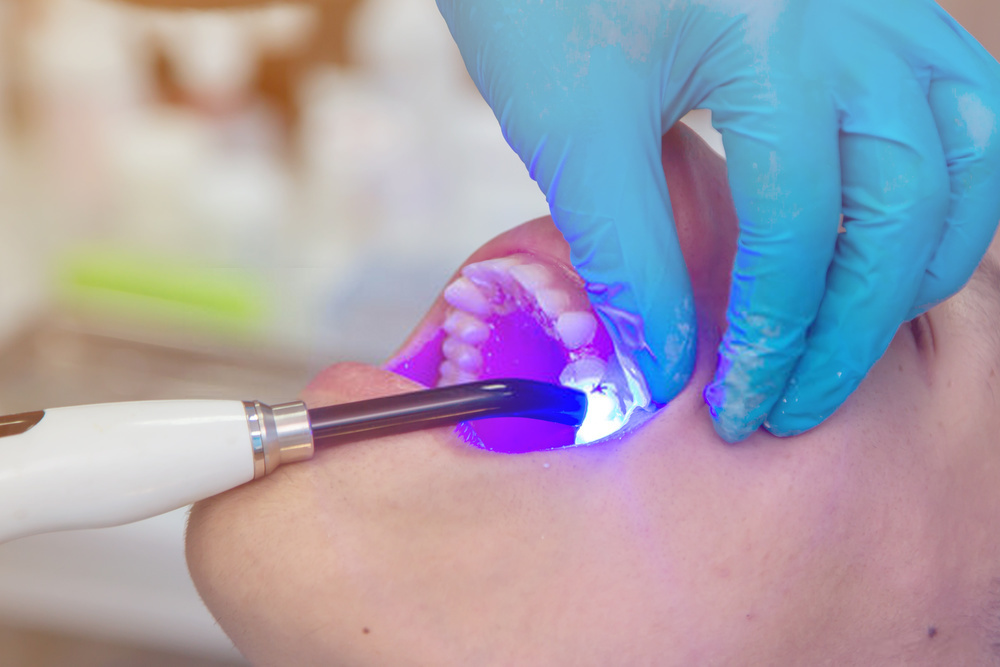DENTAL BONDING AT PURE DENTAL SMILES

WHAT IS DENTAL BONDING?
Dental bonding is used to repair damaged or discolored teeth by removing the outer layer of enamel (the hard tissue covering the teeth) and filling the empty space with composite resin. This procedure is often performed as part of a larger cosmetic dentistry procedure such as porcelain veneers or crowns.
This procedure is used to repair damaged teeth, correct misaligned teeth, and improve the appearance of teeth.
How Does Dental Bonding Work? How Does it Differ From Other Types of Dentistry?
Dental bonding works by using a special light source to remove the enamel from the surface of the tooth. Once the enamel has been removed, the dentist will then fill the cavity with a composite resin material.
The process of composite bonding is similar to other types of dentistry, such as veneers and crowns. However, there are some differences between them. For example, while veneers are used to cover a single tooth, teeth bonding is used to repair multiple teeth at once. Also, while veneers require the use of a laser, dental bonding does not. Finally, while veneers can be applied to both upper and lower teeth, bonding is only used on the front teeth.

When Should I Have My Teeth Bonded?
Who Can Do Dental Bonding? Who Can't?
DENTAL BONDING BEFORE AND AFTER
Dental bonding is an affordable way to improve your smile. Learn about the benefits of composite bonding before and after!


CONTACT US TODAY
FILL OUT THE FORM BELOW AND WE’LL GET BACK TO YOU TO SCHEDULE AN APPOINTMENT.
FQA
Dental bonding is a procedure where resin is applied to teeth to strengthen them and protect them from decay. Dental bonding is done after tooth preparation (tooth shaping) and before cementation (the final step).
Tooth decay is caused by bacteria that live in our mouths. When food particles get stuck between the teeth, they provide a breeding ground for these bacteria. If left untreated, the bacteria can cause cavities. Cavities weaken the enamel layer of the tooth, making it susceptible to further damage. To prevent this, we apply a protective coating to the surface of the tooth
The dentist applies a thin coat of resin to the prepared tooth. After curing, the resin hardens and becomes stronger than the natural enamel. Resin helps protect the tooth from future decay.
Anyone who wants to keep their teeth strong and healthy.
No! Dentists use local anesthesia to numb the area. You may feel some pressure while the dentist works, but it shouldn’t hurt.
You can eat and drink normally after dental bonding. However, if you want to avoid any foods that could stain the resin, try brushing your teeth immediately after treatment.

